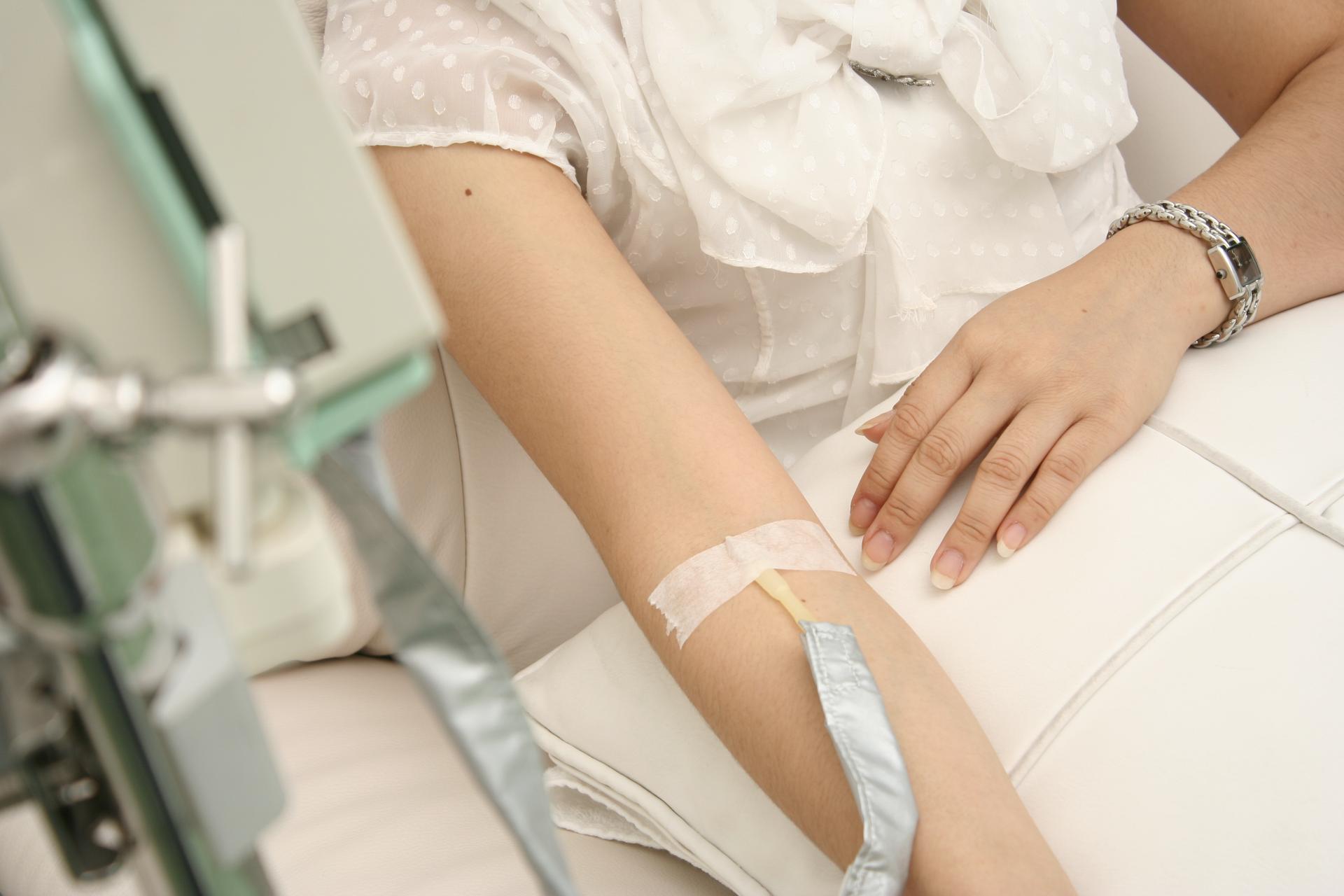Autologous platelet-rich plasma (PRP) has become a popular clinical results in a variety of soft tissue and hard tissue applications. Clinicians use PRP to harvest the platelets' natural ability to promote hemostasis and to release cytokines into the wound bed with hopes of stimulating the rate of healing and improving tissue quality. Platelet-derived growth factor, transforming growth factor β1, vascular endothelial growth factor, basic fibroblast growth factor, epidermal growth factor, insulin-like growth factor and connective tissue growth factor are among the more notable cytokines released from platelets. To understand the utility of PRP in orthopedics, a review of the preclinical studies with PRP reveals a wide breadth of models where PRP enhances the outcomes.
However, it is apparent that PRP is most successful when paired with the appropriate matrices and/or cell therapies for optimal results. Reviews of peer-reviewed clinical studies, ranging from Level I evidence clinical trials to Level IV case series reports, also reveal a wide range of clinical utility for PRP. Future clinical trials should attempt to refine the clinical application of PRP for each indication for use. These studies must be designed with the appropriate outcome measures and follow-up time-points to capture the benefits of PRP. Given the data published to date, PRP appears to be a powerful autologous for surgeons looking to enhance bone and soft tissue formation. Future investigations will further define PRP's optimal role in medicine.


